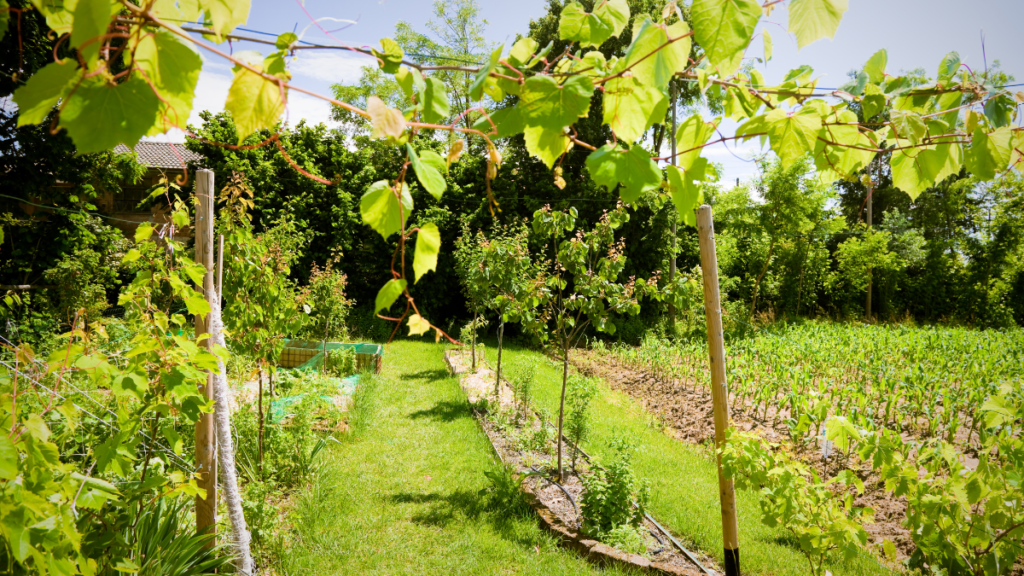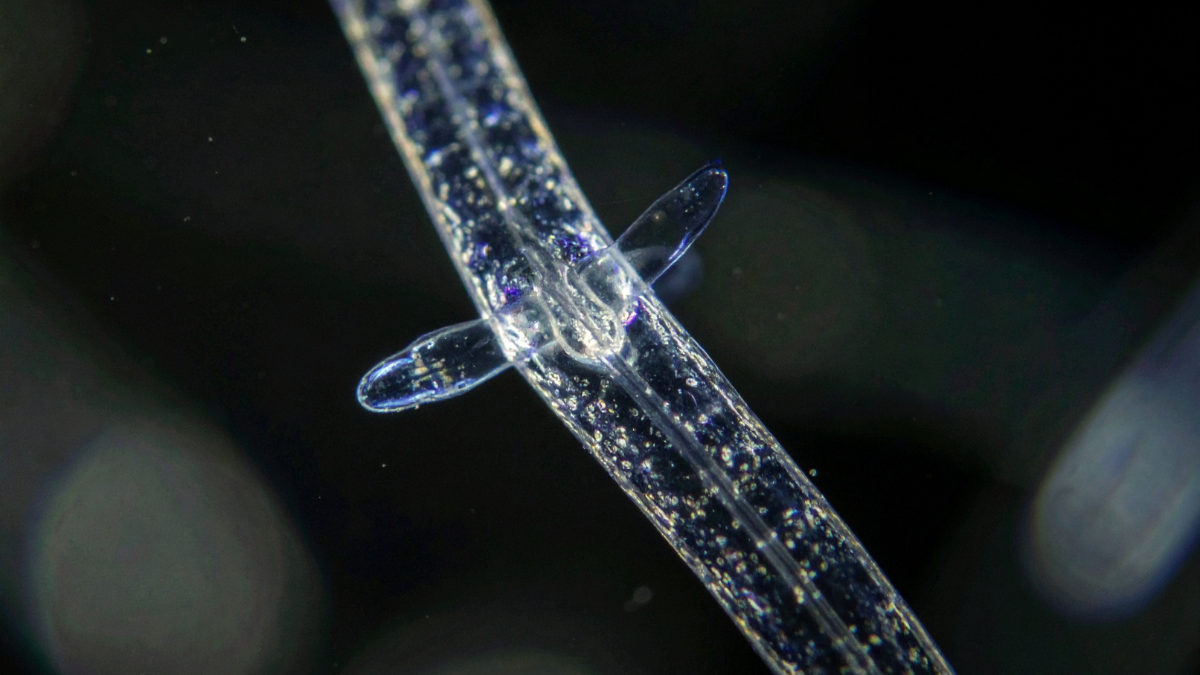Biostimulants: what they are
The biostimulants, represent a crucial field of research in modern agriculture. These products are essential for improving plant health, resistance and performanceThey help to maximise crop yields and ensure sustainable, high quality agricultural production. First of all, it is important to understand the concept of biostimulants and their role in agriculture.
How do biostimulants act?
The biostimulants, are substances of natural or synthetic origin which, when applied to plants, induce beneficial physiological or metabolic responses. These products act in a non-specific way, i.e. they can influence a wide range of processes in plants without being classified as fertilisers or pesticides. One of their main advantages is their ability to improve plant growth and development.
This can happen through various mechanisms, including theactivation of enzymes involved in plant metabolic processes and increased synthesis of plant hormones. Furthermore, biostimulants can stimulate cell division, stem elongation and leaf expansion, thus contributing to increased biomass and improved photosynthetic efficiency.
Besides promoting growth and development, biostimulants are also known to increase plant resistance to environmental stresses. This is especially important in a world where plants face challenges such as extreme temperatures, drought, excess soil salinity and pathogen attacks. Biostimulants strengthen the immune system of plants and increase their ability to adapt and respond to adverse conditions, thus improving their survival and productivity.
Another important application is the improvement of crop quality. These products can increase the content of nutrients, sugars, vitamins and other beneficial substances in crops, thus improving their nutritional value and positively influencing the texture, colour and taste of agricultural products. This not only leads to crops of higher commercial value, but can also help improve the health and well-being of the people who consume these foods. Furthermore, By using biostimulants, farmers can reduce dependence on chemical fertilisers and pesticides. This not only reduces production costs for farmers, but can also help reduce the environmental impact associated with the excessive use of these chemicals. Biostimulants therefore offer an important opportunity to improve the sustainability of agriculture and protect the environment for future generations.
Mechanisms of action
In terms of modes of action, they can act through a variety of mechanisms:
Some biostimulants can activate key enzymes involved in plant metabolic processesthus accelerating the biochemical reactions that support growth and development. Others may influence the production and transport of plant hormones, which are responsible for regulating plant growth and development. Still others may stimulate the plants' immune system by increasing the production of antimicrobial compounds that protect plants from pathogen attacks.
Application of biostimulant products:
As far as the application of biostimulants is concerned, there are several possible ways. Some biostimulants can be applied directly onto plant leaves, where they are absorbed through the small stomata on the leaf surface. Others can be applied directly to the soil around the roots of plantswhere they are absorbed through the root system and translocated to the rest of the plant. Some biostimulants can also be applied to seeds before sowing, thus improving germination and root growth.
In our product line we have several products that can be used as foliar and root biostimulants, which optimise nutrient utilisation by plants and increase their tolerance to biotic, environmental and nutritional stresses.
The use of biostimulants is part of a model of sustainable agriculture, aimed at reducing the use of resources and respecting the environment. Among these we can mention:
- Betaorganic fertiliser with a high glycinbetaine content;
- Power 3ANPK (4-3-3) organic fertiliser with humic extracts;
- SEA, algae extract in solid form.
In conclusion, biostimulants for foliar and root crops represent a promising technology to improve agricultural productivity and sustainability. With their ability to enhance plant growth and development, increase resistance to environmental stresses, improve crop quality and reduce dependence on fertilisers and pesticides, biostimulants offer significant potential to improve agricultural practices and ensure global food security. However, it is important to conduct further research to fully understand the mechanisms of action of biostimulants and optimise their applications to maximise benefits to plants and the environment.
Read also:
Twintech biostimulants: a line to nourish and protect plants from biotic and abiotic stresses







